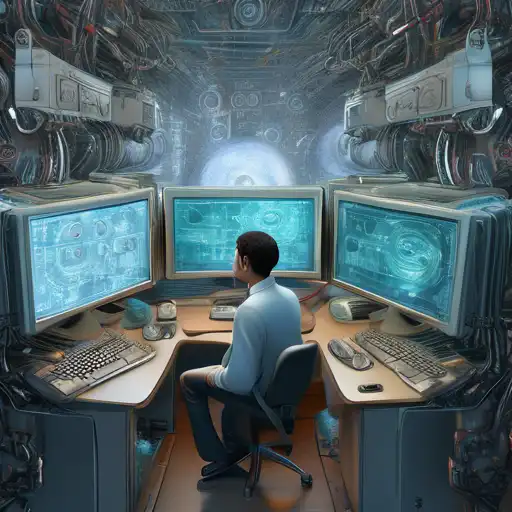Introduction to Computer Vision
Computer vision is a field of artificial intelligence that trains computers to interpret and understand the visual world. By leveraging digital images from cameras and videos and deep learning models, machines can accurately identify and classify objects — and then react to what they "see."
The Science Behind Computer Vision
At its core, computer vision involves the automatic extraction, analysis, and understanding of useful information from a single image or a sequence of images. It involves the development of a theoretical and algorithmic basis to achieve automatic visual understanding.
Applications of Computer Vision
Computer vision technology is used in a wide range of applications, including:
- Facial recognition systems
- Medical image analysis
- Autonomous vehicles
- Retail and manufacturing automation
Challenges in Computer Vision
Despite its advancements, computer vision faces several challenges, such as:
- Variability in lighting conditions
- Occlusion where objects are hidden from view
- The need for large datasets for training
- Real-time processing requirements
The Future of Computer Vision
With the continuous improvement in artificial intelligence and machine learning, the future of computer vision looks promising. Innovations in deep learning and neural networks are expected to overcome current limitations, opening new avenues for its application.
How to Get Started with Computer Vision
For those interested in diving into computer vision, here are some steps to begin:
- Learn the basics of programming, especially Python.
- Understand the fundamentals of machine learning and deep learning.
- Explore open-source computer vision libraries like OpenCV.
- Work on small projects to apply what you've learned.
Computer vision is transforming how machines interact with the world around them. As technology advances, the potential applications of computer vision are only limited by our imagination.
